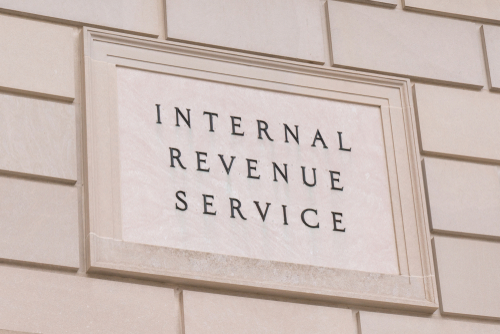The Internal Revenue Service (IRS) unveiled its Strategic Operating Plan last week, which lays out its strategy to transform the agency and improve service to taxpayers.

The changes proposed in the report were made possible through funding included in the Inflation Reduction Act.
Among the key initiatives, the plan calls for adding capacity to unpack the complex filings of high-income taxpayers, large corporations, and complex partnerships. It would fill the growing chasm between the number of experienced compliance personnel at the IRS who audit high-income tax filings for compliance, about 2,600, and the roughly 30,000 individuals making more than $10 million a year, 60,000 large corporations, and 300,000 large partnerships and S corps.
Also, the IRS will ensure that the agency follows Treasury Secretary Janet Yellen’s directive not to raise audit rates above historical levels for households making less than $400,000. Thus, the IRS will focus on pursuing high-income and high-wealth individuals, complex partnerships and large corporations that are not paying the taxes they owe. As a result, the IRS has no plans to increase the audit rate for households making less than $400,000.
In addition, the plan calls for a rebuild of IRS customer service activities. Specifically, it will add capacity to the in-person taxpayer assistance centers around the country, provide new online tools for those who want to engage with the IRS digitally, and end long wait times on the phone.
Further, it would update various outdated systems in IRS core operations to help ensure the agency has the most modern and robust security technology to protect taxpayer data.
“The plan is a bold look at what the future can look like for taxpayers and the IRS,” IRS Commissioner Danny Werfel said. “Now that we have long-term funding, the IRS has an opportunity to transform its operations and provide the service people deserve. Through both service and technology enhancements, the experience of the future will look and feel much different from the IRS of today. This plan charts the course forward for the IRS and tax administration.”
The plan is organized around five objectives.
- Dramatically improving services to help taxpayers meet their obligations and receive the tax incentives for which they are eligible;
- Quickly resolve taxpayer issues when they arise;
- Focus expanded enforcement on taxpayers with complex tax filings and high-dollar noncompliance to address the tax gap;
- Deliver cutting-edge technology, data and analytics to operate more effectively; and
- Attract, retain and empower a highly-skilled, diverse workforce and develop a culture that is better equipped to deliver results for taxpayers.
The plan features 42 initiatives designed to achieve these goals, covering more than 190 key projects with more than 200 specific milestones. The IRS will identify additional projects and milestones as work continues.
“Effective enforcement is an important component of this plan,” Werfel said. “Revenue collected by the IRS supports everything from the nation’s defense to education and roads. This investment in the IRS is already helping taxpayers this tax season, and this plan shows that historic changes are coming.”